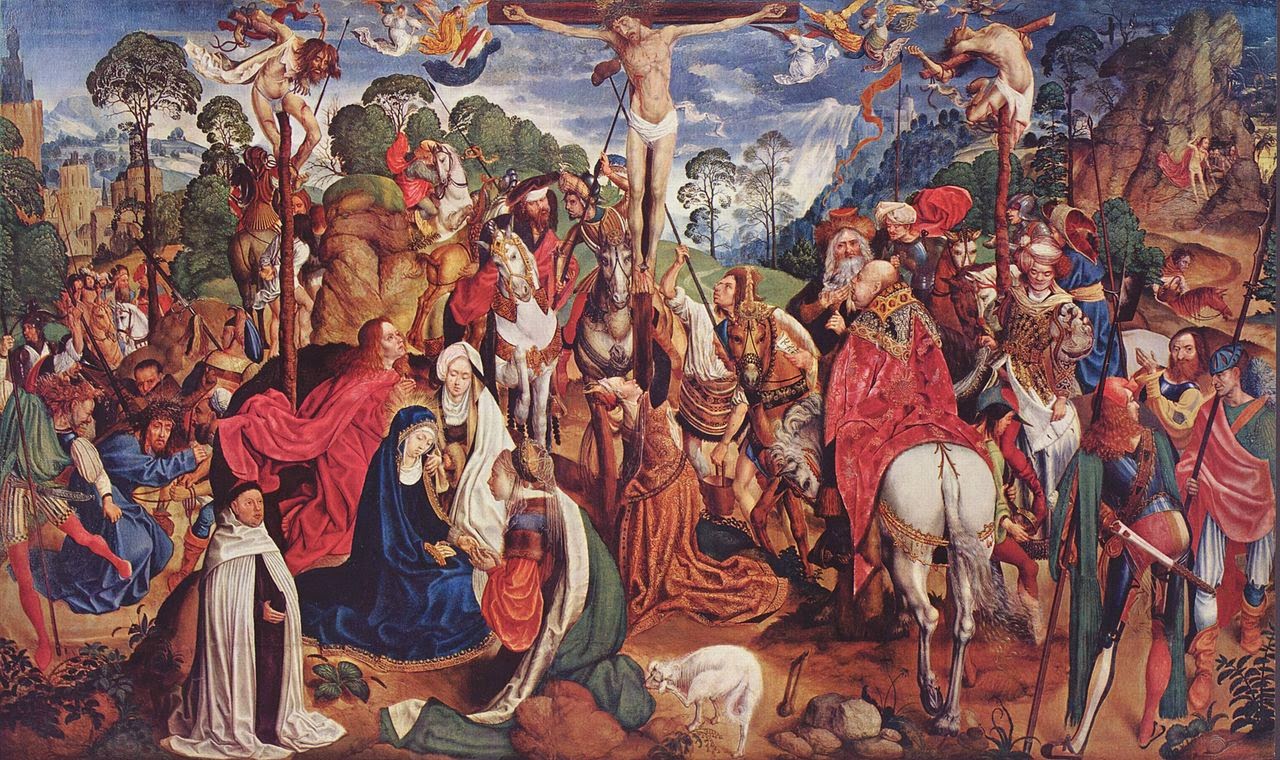 |
| Dr. Samar, The Hon. Flora MacDonald and his Excellency Sham Lall Bathija |
Here is an abridged extract from Dianne's notes, to which I've added links.
- Laila Ayan is First Secretary, Embassy of Afghanistan in Canada [who] served in the German Afghan mission at the UN prior to her appointment here.
- Dr.Nipa Banerjee teaches at the U of Ottawa’s School of International Development and Global Studies. She [has] led Canada’s aid programs in Thailand, Cambodia, Laos and Afghanistan.
- His Excellency Sham Lall Bathija Ambassador to Canada from the Islamic Republic of Afghanistan.
- William Crosbie, Canadian Ambassador to Afghanistan from 2009 to 2011.
- Erica Donald presently a medical student at McMaster, is a cellist [who studied] music at McGill University. She has worked with the Youth Orchestra in Afghanistan and continues to support them.
- The Honourable Flora MacDonald served in three cabinet posts including Secretary of State for External Affairs, the first woman in the world to hold that appointment. Since 1988, she has been working for women and girls in Afghanistan as part of the World Federalist Movement.
- Dr. Maisam Najafizada is a physician and now PhD candidate in Health Policy at the University of Ottawa,
- Eileen Olexiuk. A seasoned diplomat, she was the former deputy head of Mission in Afghanistan with extensive experience in the country. In her retirement, she is involved with Afghan causes including Canadian Women for the Women of Afghanistan (CW4WA).
- Maryam Sahar at 15 was an interpreter for a Canadian Army unit and NGOs in Kandahar at great risk to her own life. Later she took advantage of the Afghan Interpreter Immigration Program to seek asylum here. She has provided cultural awareness training for Canadian troops en route to Afghanistan and works with Immigration programs here as a translator while attending Carleton University.
- Roya Shams, a young student rescued from the Taliban by Toronto Star reporters after her father, a senior police commander was assassinated in Kandahar. She presently attends Ashbury and wants to complete her education in Canada, hoping to return to Afghanistan afterwards to help her country.
- Marg Stewart is President of CW4WA in Kingston and Treasurer on the National Board.
- Madeliene Tarasick National President of CW4WA.
On the day, over 100 guests turned up and the rain held off! Half way through the Garden Party, everyone went indoors to hear some speeches. The Ambassador Sham Lall Bathija saluted Dr. Samar and the CFUW for their commitment. In Afghanistan there are now 3 million girls in school. He was proud to say that Afghanistan has met its millennium goal for healthcare, but that “doesn’t mean we should stop here.” He spoke of the value for Afghan students of studying abroad and then going back to serve their country and offered Canada thanks, greetings and love from Afghanistan.
One of our UWHAW members paid tribute to Flora MacDonald who, like Dr. Samar, is a “rescuer”––while acting as the first woman Minister for Foreign Affairs in the world, Flora ensured that 100,000 Vietnam refugees were welcomed to Canada. In her retirement from politics, as initiator of Future Generations Canada she has continued to work on humanitarian projects, such as providing electricity to remote parts of Afghanistan by means of wind and solar power.
The hostess then introduced Dr. Samar, saying how much we were “moved by her unimaginable bravery.” Dr. Samar thanked and greeted us, telling us that Flora MacDonald was her role model. She appreciates people who can bring about changes in the lives of Afghan women. The situation in her country is “much, much better” than it has been and the improvement is due to education, although there are still millions of girls there who do not go to school. Empowerment means having the right to decide one’s own destiny, to have control over what to wear, what to do, what to be, how many children to have. Only 19% of Afghan women have access to contraception. She spoke of a girl UWHAW has been sponsoring, how she had cried when she told Dr. Samar of her impossible dreams of a higher education. Now that dream is after all fulfilled she will no longer have to be a carpet weaver all her life.
Speaking of the recent elections in Afghanistan, Dr. Samar said that the election demonstrates the influence of the international community. All the candidates had come to a human rights conference, which had never happened before. For the first time in history the Afghan people had taken the initiative. When the election is over and the new government takes office “we shall keep them accountable,” she said. Later she repeated that “we shall have to be cautious.” However, it is “impossible” that Afghanistan will now step back to the day of the Taliban. The Commission for Human Rights is now part of the Afghan constitution. Her long term vision is one of equality for all, men and women. Every child has the right to live with dignity, she said.
In answer to a question about the high literacy rates in one particular part of Afghanistan, she said with a smile: that was the area she has assisted. Her first trip to Europe was in 1989 to Norway, when she raised $10,000 for the creation of ten new schools. One school took place under a tree, one in a mosque. Tents were used as classrooms. All the children in this district now go to school.
 |
| (Photo © Robin Spencer) |


















































